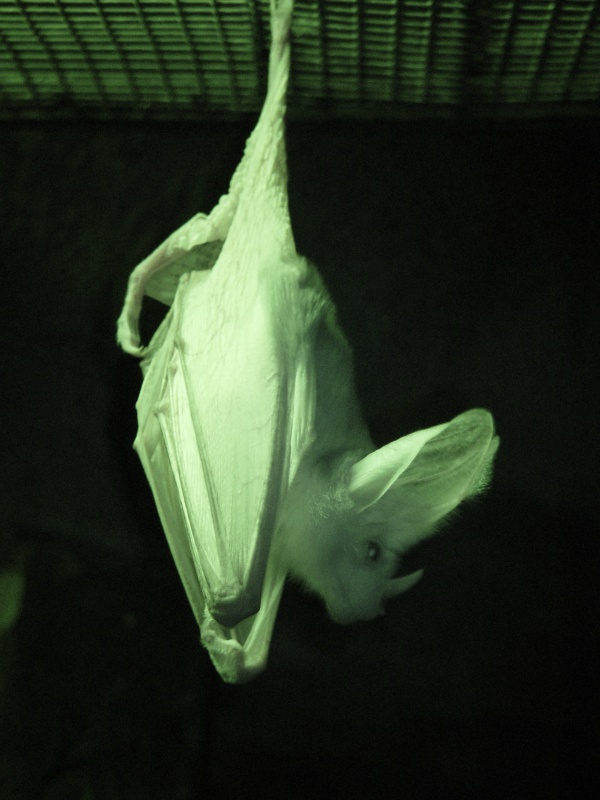Facts About Ghost bat
The ghost bat, a captivating flying mammal indigenous to northern Australia, is renowned for its extraordinary hunting skills. Employing sharp vision, acute hearing, and echolocation, this bat preys on substantial vertebrates. Classified within the Megadermatidae family, the ghost bat was first identified in 1880 by George Dobson. It holds the distinction of being the largest bat species in Australia, easily recognized by its large ears, prominent nose-leaf, and pale fur.
Ghost bats are nocturnal predators, utilizing a ‘sit and wait’ strategy to capture their prey. With their exceptional vision and echolocation capabilities, they hunt a diverse array of animals, including birds, small mammals, reptiles, frogs, and even snakes. They favor habitats such as caves or rocky cliffs near watercourses, but their distribution is restricted to specific regions within Australia.
Regrettably, ghost bats have experienced a decline in both their range and population. Factors such as habitat destruction and competition from invasive species like the cane toad have contributed to this downturn. Presently, the ghost bat is classified as vulnerable under various state and federal protections. With an estimated population of merely four to six thousand mature individuals, conservation efforts are imperative to ensure the survival of this unique species.
